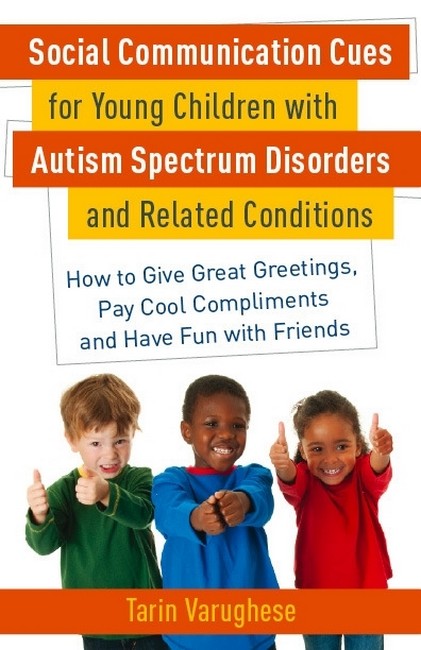Description
Introduction. 1. Initiating Social Interaction. Rule 1: Greeting Others. Rule 2: Initiating Joint Attention. Rule 3: Asking for Help. Rule 4: Responding to Comments. Rule 5: Sharing Ideas/Accomplishments. Rule 6: Asking Questions. Rule 7: Getting Clarification. Rule 8: Asking Someone to Play. Rule 9: Initiating Conversation. Rule 10: Repairing Misunderstandings. 2. Maintaining Social Interaction. Rule 1: Small Transitions. Rule 2: Large Transitions. Rule 3: Maintaining Play. Rule 4: Turn-Taking. Rule 5: Watching Peers at Play. Rule 6: Organizing Play. Rule 7: Deciding who Goes First. Rule 8: Negotiating. Rule 9: Navigating a ""Bump in the Road"". Rule 10: Exiting a Game. 3. Body Positioning. Rule 1: Staying with the Group. Rule 2: Exiting the Group. Rule 3: Body Positioning. Rule 4: Using your Words not your Body. Rule 5: Requesting and Waiting for the Answer. Rule 6: Personal Space. 4. Perspective Taking. Rule 1: Thinking about Others. Rule 2: Use of Pronouns. Rule 3: Positioning of Objects/Items. Rule 4: Effecting Emotions of Others. Rule 5: Acknowledging Comments. Rule 6: Reading Body Cues. Rule 7: Clarifying ""Why Are you Laughing?"". Rule 8: Expressing Empathy. 5. Visual Modality. Rule 1: Listening with Eye Contact. Rule 2: Speaking with Eye Contact. Rule 3: Using Eyes to Ask Yes/No Questions. Rule 4: Entering Play Already Underway. Rule 5: Localizing Sound with Eyes. Rule 6: Shifting Eye Gaze when in Group. Rule 7: Using Eye Gaze to Track. 6. Emotional Regulation. Rule 1: Understanding Likes/Dislikes. Rule 2: Tone of Voice. Rule 3: Understanding one's own Emotions. Rule 4: Understanding Emotions of Others. Rule 5: Appearance of Emotions on Self. Rule 6: Emotional Situations. Rule 7: Embarrassment. Rule 8: Human Relatedness. 7. Development of Humor. Rule 1: Understanding Rules of Laughter. Rule 2: Power of Humor. Rule 3: Literal v. Nonliteral Language. Rule 4: Experimenting with Humor. Rule 5: Effect of Humor on Others. Social Skills Check List. Bibliography.

